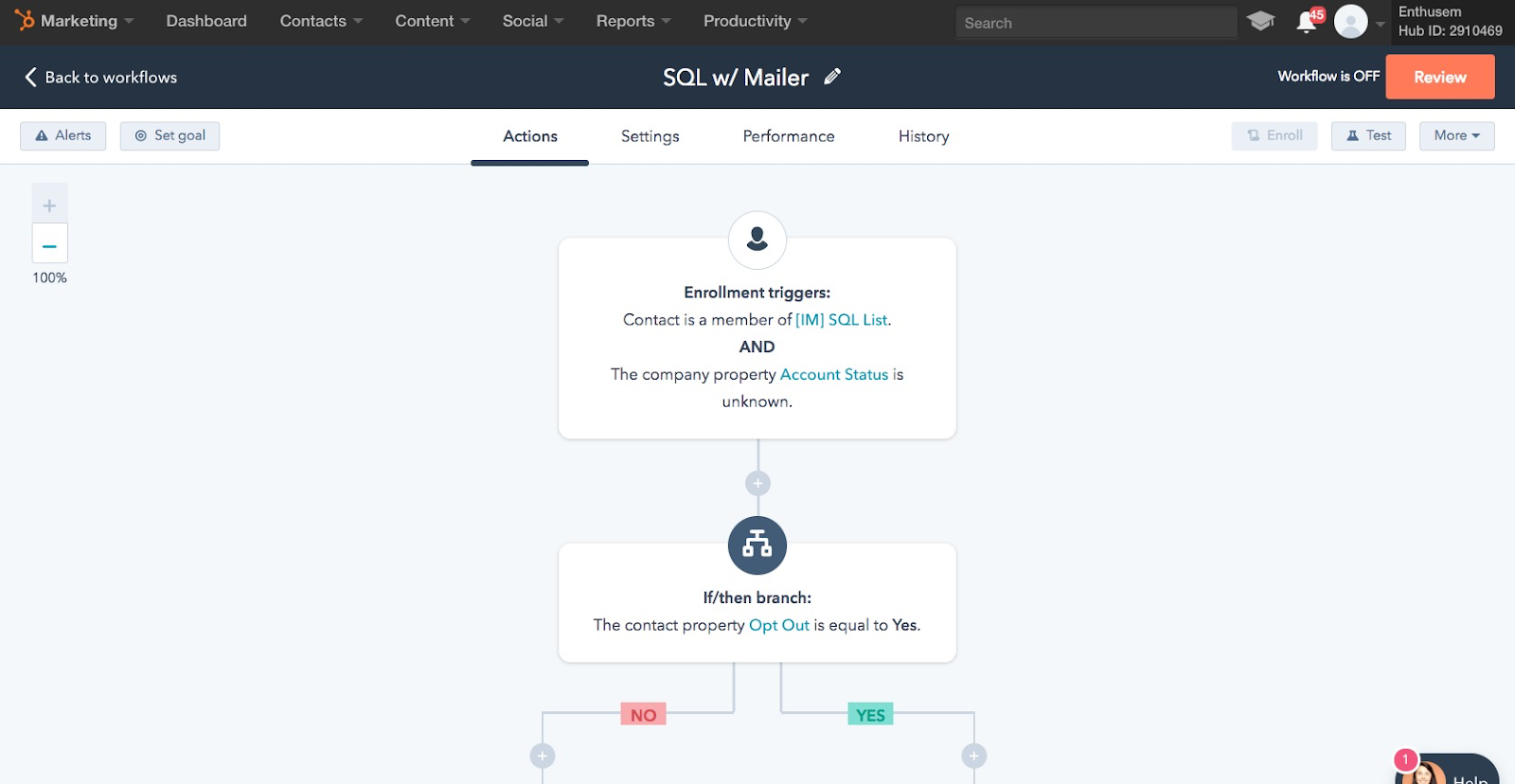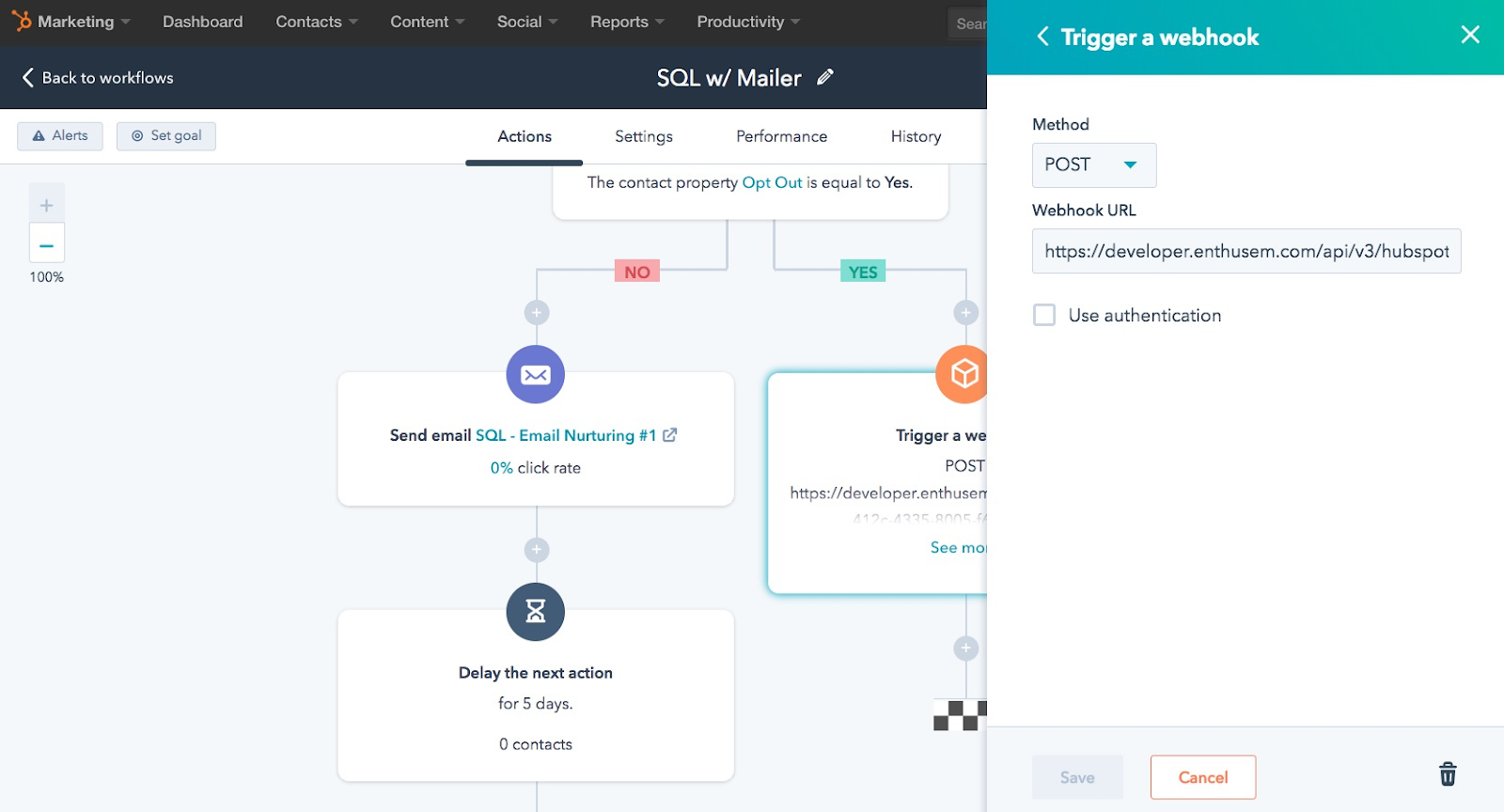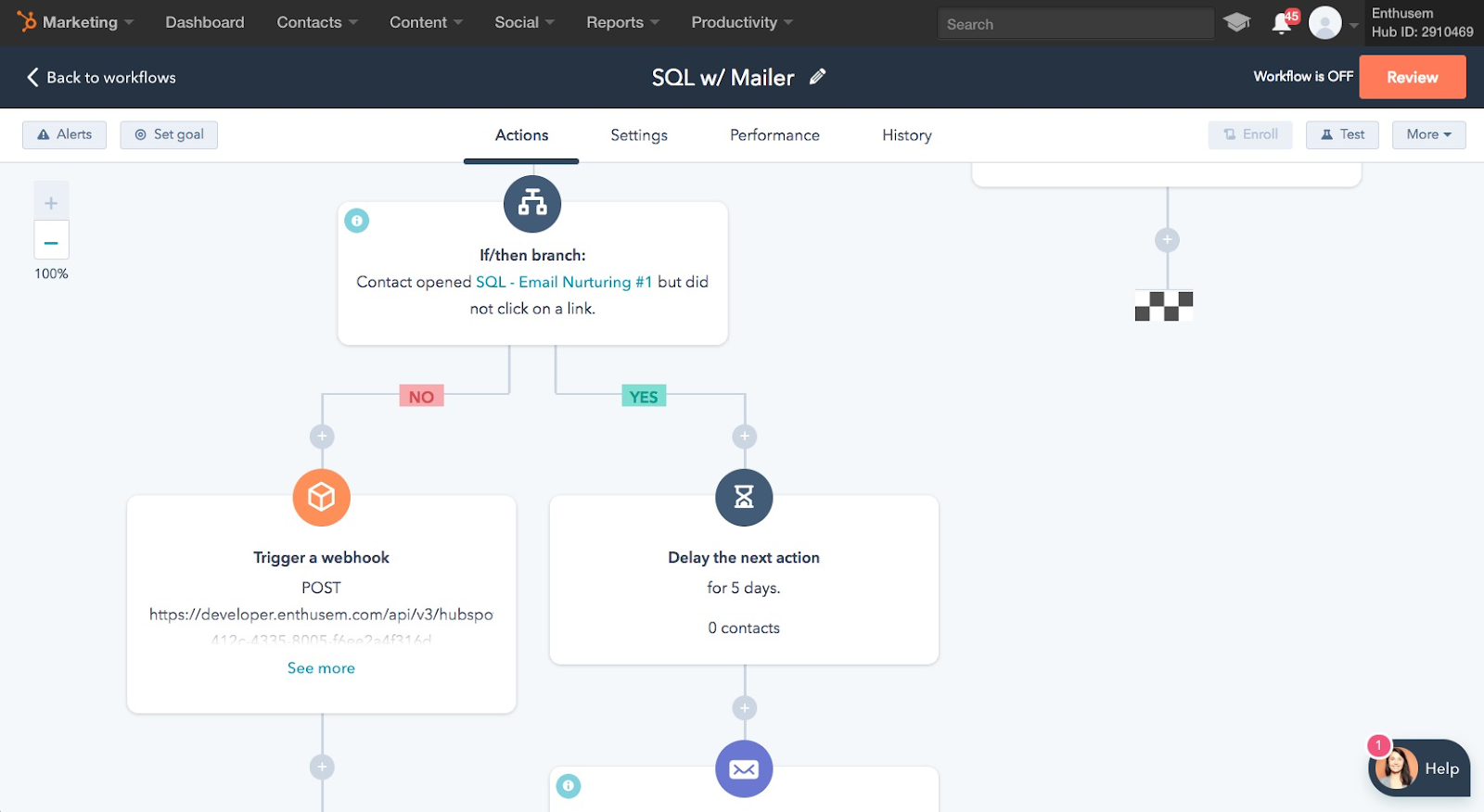If you keep up to date on the latest marketing trends and news, then you've probably heard of the GDPR, or General Data Protection Regulation. And maybe you’re currently trying to figure out how to navigate this new regulatory environment and maintain an effective marketing strategy.

But did you know that integrating direct mail into your HubSpot workflows could be the answer to many of your GDPR woes, while at the same time respecting your contacts' communication consent permissions?
The GDPR significantly limits companies' ability to conduct direct marketing. However, it may be easier for many companies to be compliant under the GDPR with direct mail than it is with phone and email marketing. This means that direct mail may help solve many of the problems companies face transitioning to GDPR compliance.
A Quick GDPR Overview
In case you need a refresher on the GDPR, let's start with a quick overview of the regulation and how it impacts direct marketing.
The GDPR is a European law that came into effect in May 2018. It imposes strict regulations on how companies use consumer data, meaning that any company doing business in Europe now needs to drastically change the way it collects, stores, and uses consumer data.
Maybe you’re thinking, Whew! I’m off the hook. My company doesn’t do business in Europe. Think again.
Even if companies don't do business in Europe, they may soon have to adjust their marketing strategy to comply with new regulations. California recently unanimously passed a privacy law that resembles the GDPR, and other states and countries will likely follow suit.
To comply with the GDPR, direct marketing must meet one of several standards, including consent and legitimate interest. In general, most direct marketing will need to pass the consent standard to be compliant.
The bad news is that the GDPR made it harder for companies to meet the consent standard. Recipients must now provide positive opt-in to be contacted, and many strategies to obtain consent are off the table. Companies also have to provide guidance for how recipients can easily withdraw their consent at any time and will frequently also have to refresh the consent agreement.
This means that it will take time to gain consumer consent and effort to maintain it. So what’s a marketer to do? Sometimes, going back to the basics can work magic.
Direct Mail to the Rescue
By contrast, the “legitimate interest” standard simply requires a company to prove that its business interests in direct marketing outweigh the imposition on the recipient's interests. And direct mail is likely to meet the legitimate interest standard with minimal effort, according to the ICO — likely because it’s the least invasive form of direct marketing. This means that it’s significantly easier to attain GDPR compliance for your direct mail marketing than for email or phone marketing.
So how can you use this to ease your transition to the GDPR? Here are a couple action items for you:
Direct mail automation in HubSpot
First, you can use direct mail automation in HubSpot to drive consumer opt-in for email and phone marketing. Also, set up a campaign that sends direct mail containing a link to the opt-in form to any new or existing customers and leads who have not yet opted in.
Direct mail campaigns
Second, you can maintain consistent messaging by coordinating direct mail campaigns with your email communications. Set up workflows in HubSpot that automatically send direct mail to opted out consumers every time you send marketing emails. That way, you can maintain consistent contact with all your targeted consumers, and they’ll still be exposed to the valuable content you wanted them to consume.
Ready to get started? Let’s go!
Implementing Direct Mail Automation
So, direct mail automation can be invaluable to your marketing efforts under the GDPR. But direct mail has traditionally been difficult to execute. Luckily, platforms like Enthusem can easily integrate direct mail into your HubSpot workflows in just a few simple steps.
Let’s say you have a workflow set up to send emails to your SQLs (Sales Qualified Leads), but there are some contacts in your list that you don’t have permission to send emails to. By integrating direct mail automation into your HubSpot workflow, you can easily deliver that same content via printed mail. This same strategy can also help you reach those contacts who receive the emails but don’t actually engage. Here’s how to set up both of kinds of workflows:
1. Build mailer templates
Using a tool like Enthusem, a direct mail automation platform, you can build a mailer template that uses similar content to your email. You don’t need to be an expert graphic designer, either; Enthusem’s tool makes design easy, and you can even include variable imagery and text so that the mailers are hyper-personalized to each recipient.
2. Create workflows
After a few setup clicks to connect your Enthusem and HubSpot accounts, add an if/then branch to your existing HubSpot workflow to identify if you have permission to send the email or not.

If you do have permission, the workflow can continue as normal. If you don’t, add the action Trigger a Webhook and enter the URL Enthusem provides you for the mailer template you previously created. Now the workflow will automatically send direct mailers with the email content to the SQLs who have opted out.

Trigger Mailers if No Email Response
You can also set up the same mailer to go out if a contact doesn’t engage with the email. After the email action, simply add a delay, let's say five days, and another if/then branch to identify if the link in the email was clicked. Add another Trigger a Webhook action pointing to the same mailer so that you can reengage the SQL with direct mail.

Drive online engagement and follow-up activity
Direct mail in the modern age doesn't have to be limited to the offline world. You can maximize the impact of automated direct mail by including a unique access code in the mailing. When the recipient enters the link or code online, they'll be directed to the content you want to promote.
In the case of GDPR compliance, this means that you can include a link to the consent opt-in page. Unique access codes also allow you to track exactly who is responding to your direct mail campaigns and when, so you can set up triggers to launch follow-up workflows. Some examples include another direct mail piece or, if you've obtained consent, an automated email or even a task for a sales rep to follow up via phone.
The Takeaway
The GDPR is changing the way companies can reach consumers, meaning that marketing will have to adapt in order to remain effective. Direct mail offers a simple solution to maintain consistent communication during the transition and accelerate email and phone marketing compliance. Best of all, integrations like Enthusem and HubSpot make automated direct mail an easy and effective addition to your marketing arsenal.










